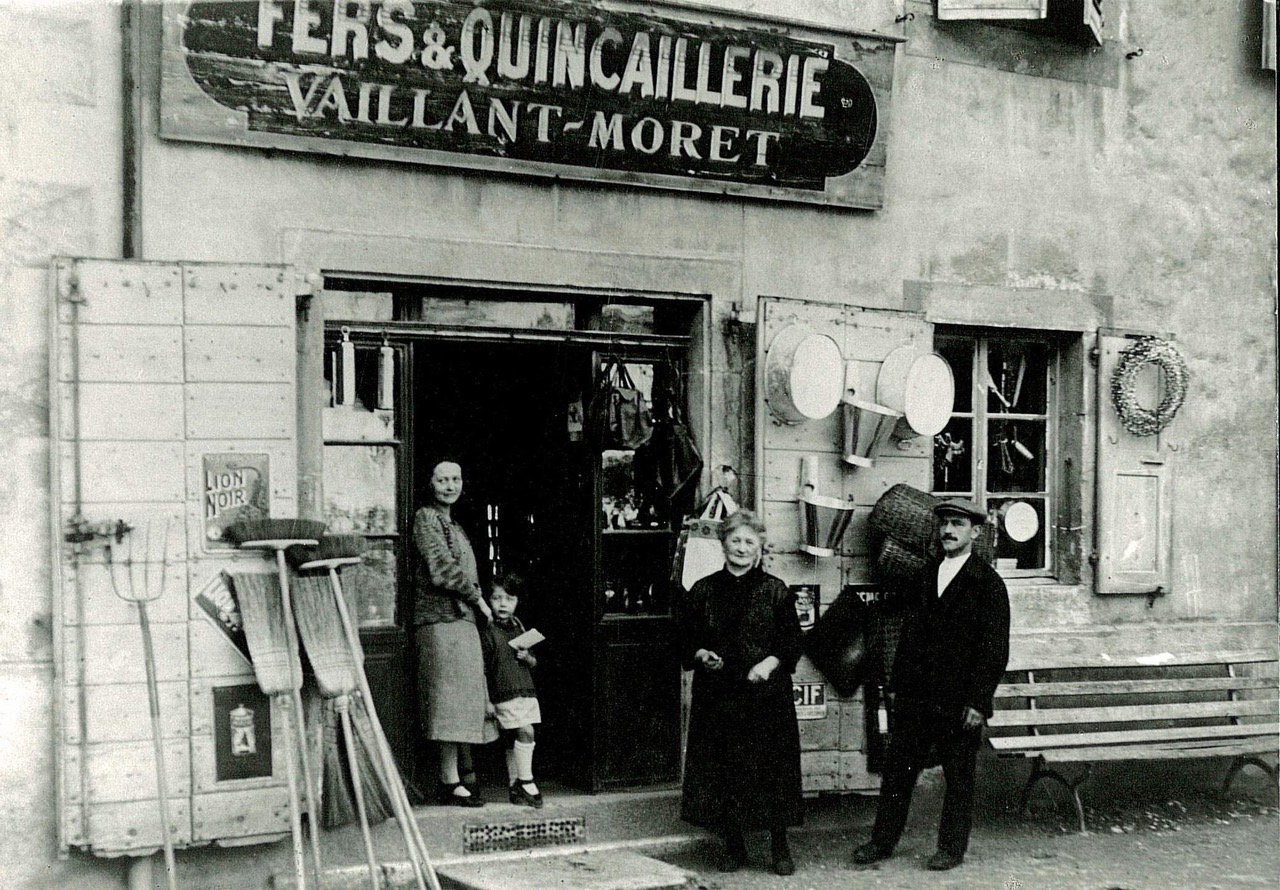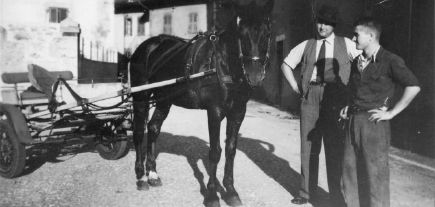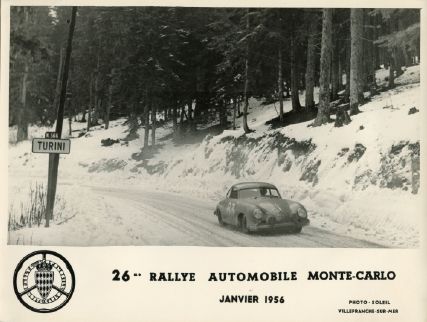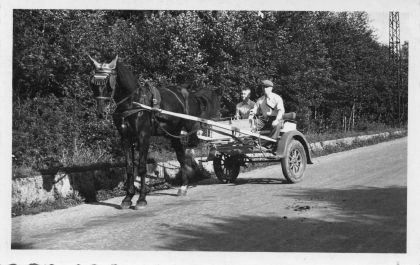Hi! Click one of our agents below and we will get back to you as soon as possible.
Delve into the history that shaped the present of the Etablissements Michel Vaillant. Let's journey together to the very roots of our company, a testament to our passion and determination. From our humble beginnings, we've charted a bold course in the world of horses and blacksmithing. Let's travel through time, exploring pivotal moments, triumphs, and challenges that have shaped our company's identity. Join us in exploring the key chapters of our heritage, where the past continues to enrich our future.
The Vaillant family works as artisan-merchants and owns a hardware store.

After serving in the Air Force during the war, Joseph Vaillant established his own business. A graduate in mechanical engineering from the prestigious National School of Watchmaking, he founded 'Garage Joseph Vaillant.' As a dealership for all brands, he also offered taxi services to the residents of Cluses (with just three cars at that time) and passing tourists.
The industry was growing in the Arve Valley. The garage expanded to accommodate turning machines, driven by demand and to follow the example of fellow businesses like Carpano, Breton, Depéry, Béchet... who were manufacturing their own products (fishing reels, alarm clocks, machine tools...). Just before the war, Joseph Vaillant began producing anti-slip crampons made of tungsten carbide mounted on horseshoes, providing traction for working horses on roads and icy surfaces!

L'après-guerre" refers to the post-war period, marked by a remarkable industrial boom and the mechanization of agricultural work. Gradually, horses are replaced by tractors, and cars become more common. However, the snowy roads pose challenges for industrial workers and doctors who need to travel across the valley in winter, facing all kinds of weather conditions. With the disappearance of horses and the introduction of mechanical horses, tungsten carbide studs transitioned from horseshoes to tires. In 1953, Vaillant invented the studded tire, which notably excelled in various major winter rallies for several decades.

Threats to studded tires: Intensive salting - Ban in Germany - Restrictions in Switzerland and France... Meanwhile, the leisure culture is taking shape: the equestrian world demands studs to ensure safety and performance in grass competitions...

First range of products in trade to develop the 'Horse' clientele in France + Export, parallel to the subcontracting activity. 1998: Termination of subcontracting activity in turning and cold stamping.
Transitioning towards an innovation-driven development strategy, expanding the range of proprietary products by creating new items catering to our clientele's demands. These ventures span various technologies, from mechanics, metallurgy, plastics, resins, and silicones to cosmetics, workshop vehicle arrangement, and marketing. Establishment of a research and development (R&D) department - Filing for several patents and trademarks, including a project supported by ANVAR.
Establishment of an aluminum shoe fabrication workshop which will manufacture sports shoes, physiotherapy shoes, and custom-made shoes in collaboration with the research team of Professor Jean Marie Denoix.
Introduction of 'Kinesic' in collaboration with Cirale: a three-year continuous training program resulting in an advanced diploma in farriery. Kinesic is a project accredited by the Hippolia Equine Industry Competitiveness Cluster./p>
A new range of care products for horses has been designed through a qualitative approach focused on organic vegetable oils and components made from high-quality natural products. Organic plant production fully restores the original power of the ingredients. Our natural products, rich in active agents, promise maximum effectiveness for the well-being of the horse.